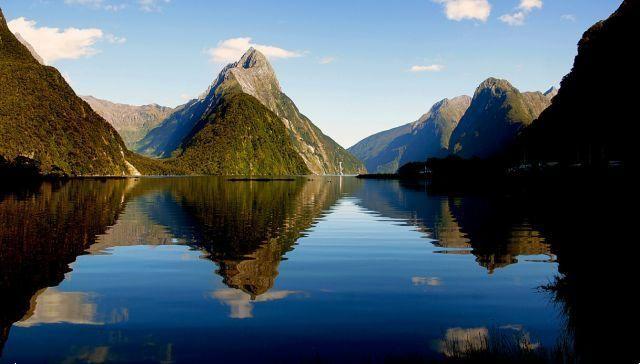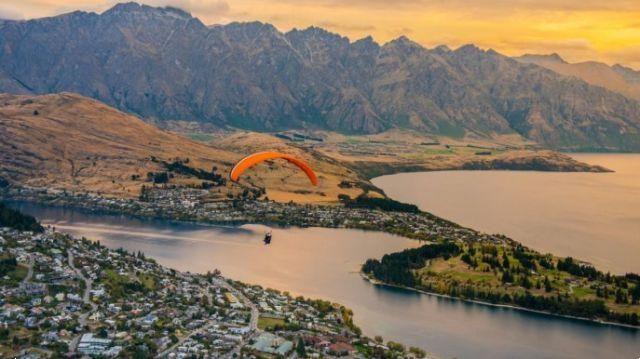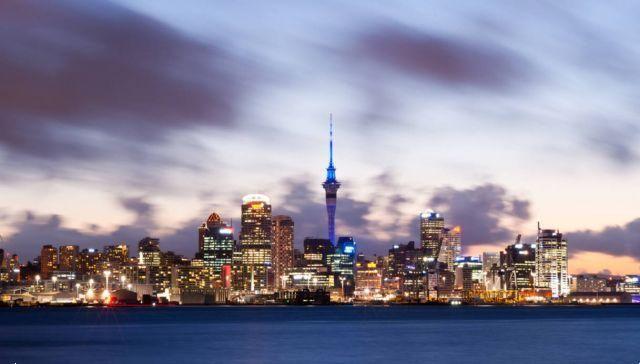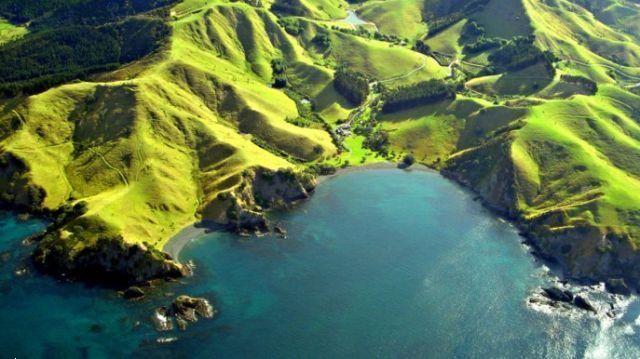 What to see in New Zealand, one of the most interesting destinations in Oceania, a country with a temperate climate, with some surprises
What to see in New Zealand, one of the most interesting destinations in Oceania, a country with a temperate climate, with some surprises
La New Zealand it is an evocative and fascinating land where you can find natural wonders, the mysterious Maori culture, the majestic landscapes that were the setting for Peter Jackson's The Lord of the Rings films and endless possibilities for adventure and excursions. The New Zealand state is made up of two main islands, a galaxy of smaller islands and is located at the antipodes of the globe compared to Italy, about 2000 kilometers from the Australian coast, within the temperate climate zone where, however, ocean currents reign supreme on the meteorological situation.
In New Zealand – Middle Earth J.R. Tolkien – the climate is oceanic, with the characteristic of being milder in the north and cool and rainy in the south, where intense winds coming from the west coast are frequent. In general, the weather is very variable and thunderstorms can break out in a short time, which are quickly followed by clear weather, especially in coastal areas.
It must be remembered that, being in the southern hemisphere, the seasons in New Zealand are reversed compared to Italy! The particular position of the islands makes them relatively safe compared to the route taken by the tropical cyclones that occasionally hit the oceanic regions, and in the rare cases in which one of them approached New Zealand the wind strength had now dropped to a strong thunderstorm.
The two prevailing climate zones coincide with the division into the two main islands of the New Zealand state, called North Island and South Island, separated by the Cook Strait, a strip of ocean just 22 kilometers wide but considered by sailors to be one of the most unpredictable areas of the world, where the water that is calm for a moment can in an instant become agitated and crossed by large waves.
THESouth Island it is the larger of the two islands and is the one with the harshest climatic situation, since it is exposed both to the freezing air masses coming from Antarctica and to the constant winds that blow from west to east. In this particular climatic area, rainfall is more frequent and abundant and during the winter (which corresponds to the European summer months) the coldest temperatures in the entire state are recorded with average temperatures around 6°C which in places like Invercargill can even drop below zero.
During the summer, however, the average temperatures settle around 18°C and the rains in this area of New Zealand are less frequent. The South Island is crossed by the mountain range of Southern Alps, whose peaks are covered by a blanket of perennial snow, which creates a very particular microclimatic bubble considered one of the best places in the world for glider flying due to the perfect upward currents that develop at the base of the mountains.
The North Island, where the capital of New Zealand is located, Wellington and the largest urban center of the island, Auckland, is instead characterized by a milder and drier climate than the southern island, which in some ways is more similar to the European temperate climate condition than to the oceanic climate zone and for this reason it is the preferred by tourists looking for excursions and outdoor activities. During the summer the average temperatures are around 20°C, which even rise to 25 in the drier central areas, while in the winter period, when temperatures drop, they reach an average of 9/10°C and have rarely been recorded temperatures below 0.
As regards the ocean water temperatures, it must be considered that normally even during the hottest months they never exceed 20/21°C, making the beaches of New Zealand not very crowded by lovers of swimming in the sea. Despite these temperatures, the waters surrounding the islands are perfect for all sailing-based water sports as the very particular wind conditions make the area around the Auckland Bay one of the paradises for sailors and surfers.
The smaller islands of New Zealand experience different climates based on their particular locations: Raoul Island located approximately 1000 kilometers from the northern coast of the North Island has the mildest and warmest climate in the state, while Campbell Island and the Chatham Islands located respectively 600 and 900 kilometers south of the South Island have a harsher climate and rainy, dominated by the unpredictability of the oceanic climate.
The best time, therefore, to visit New Zealand coincides withsouthern summer, during our winter months between December and March, when less frequent temperatures and rainfall make for an easy trip to both of the state's largest islands and with a bit of luck it's also possible to take a dip in the island's beautiful waters northern.
If, however, you want to reach New Zealand during the winter then the best choice is to concentrate on the North Island, where the temperatures are less rigid and the rains are not so frequent, furthermore from May to July it is also possible to reach the chain central mountain range for skiing and snowboarding on the splendid ski slopes New Zealanders.
An element to take into consideration is that during the warmer months and especially in Christmas time the main cities and the most important tourist destinations in New Zealand tend to be crowded with tourists, furthermore prices will tend to be higher, while by organizing a trip at the end of spring or at the end of autumn you can find greater tranquility and prices decidedly less high.









